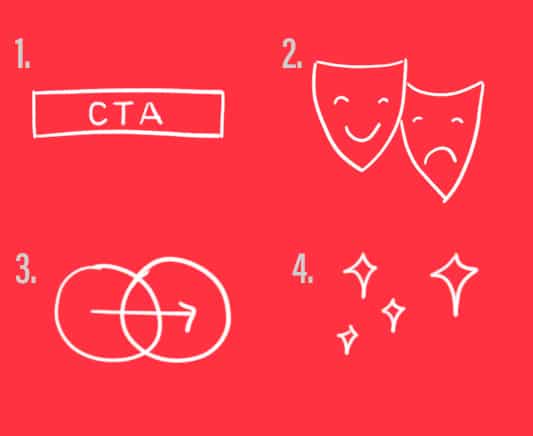June 20, 2019
Defining Brand Response

“Today there are two worlds: [the] world of direct response advertising and that other world, the world of general advertising. These two worlds are on a collision course.”
– David Ogilvy, (circa 1980’s).
Brand advertising builds strong, long-term relationships over time. Direct response is great for growth, but short term, and often leads to confusion within a crowded marketplace of similar categories. Increasingly brands are moving towards “brand response,” a hybrid strategy.
Brand response advertising (noun): A form of advertising used to fuel growth and traffic based around a clear call to action, that uses the storytelling techniques of brand advertisement to aid in a company’s longer term goals
1 – CALL TO ACTION
This one seems like a no-brainer, but without a call to action, there won’t be a “response” in brand response. But the power of brand response is in the integration of its elements – you can’t just tack an end card and a promo code to anything and hope it works. Defining the exact action you want the spot to generate is paramount, and must be the guiding thematic touchstone that guides everything in the spot, otherwise the story elements can feel arbitrary and actually hinder the elements that sell.
2 – STORY
Brand response also requires an actual story, over and beyond a problem/solution, a how-to, or a testimonial. These are great DR tools, but they’re functional and they feel like a pitch. You need to show, not tell. A testimonial spot doesn’t become brand response simply because the speaker is wearing a funny costume, a good brand response will actually illustrate the narrative with beats that cause actual emotion. A good guideline for story is to make sure the plot actually sounds interesting when read without detail, and then make sure there are moments in the story that are calibrated for maximum humor, pathos, or whatever else you’re going for.
3 – TRANSITION
The moment of transition from the story elements to the harder working sales information needs to be carefully considered. A classic strategy is to spend 15 seconds showing an amusing scene, scenario, or vignette, then underlining the exact problem it’s describing, and cutting to 15 seconds of more classic DR, once you’ve earned the audience’s trust and attention. However you transition from storytelling to sales, you want the transition point to feel organic, surprising, and rewarding. Ideally the actual announcement of what product the scenario is advertising gets the biggest and most rewarding laugh.
4 – ASPIRATION
It’s well known that benefits to the customer are more persuasive than product features, but on a deeper level, benefits are connected to customer aspirations. Brands know this, and tie their values and messaging to the deeply felt aspirations of their key demographics. In addition to the stated CTA, brand response should be an illustration of that: a more organized life. A more successful life. A happier life. In the end, all aesthetic choices pale in comparison to how a spot makes the audience feel, and clearcut aspiration is the key to making people feel motivated to heed the call to action.
